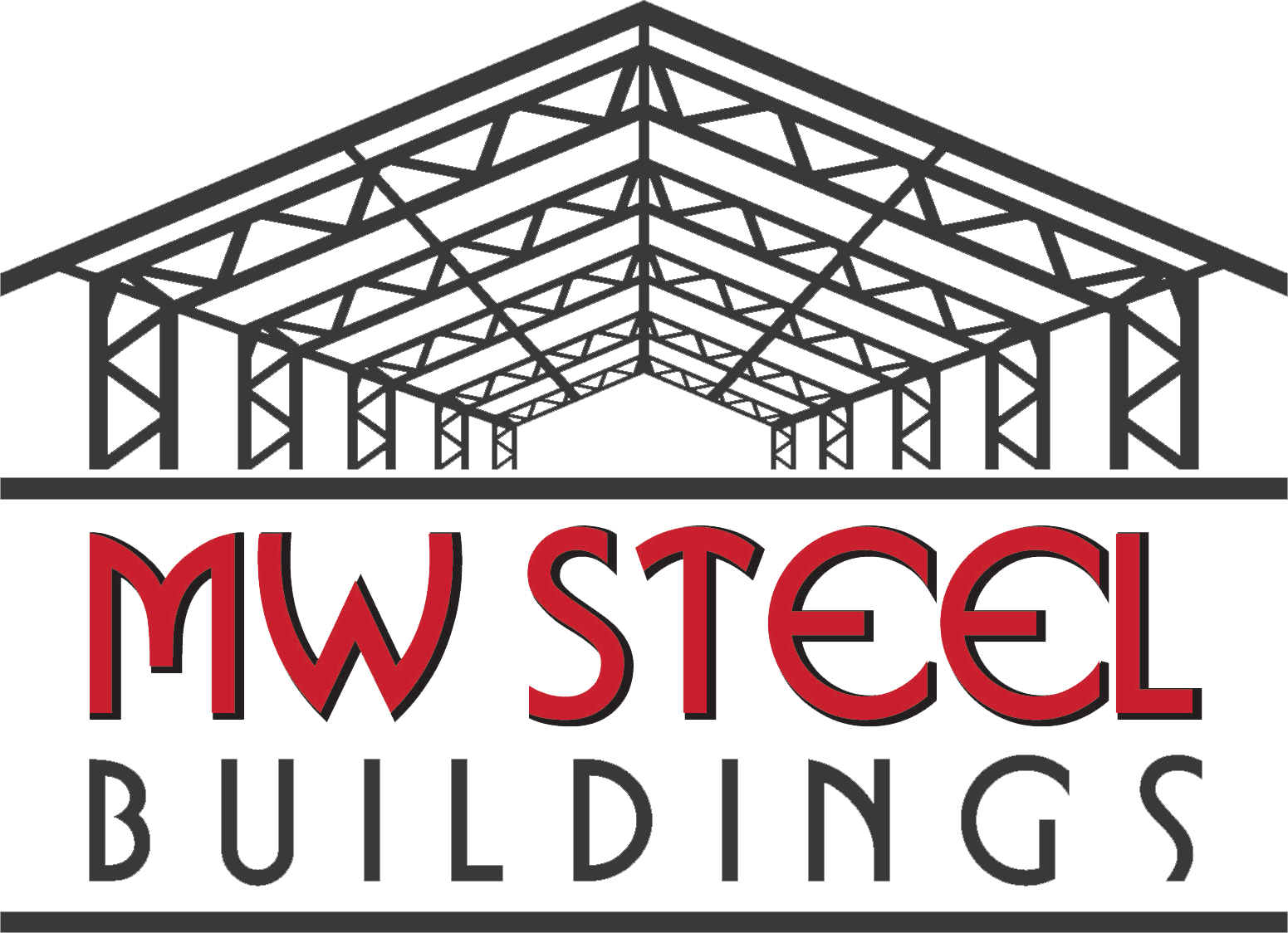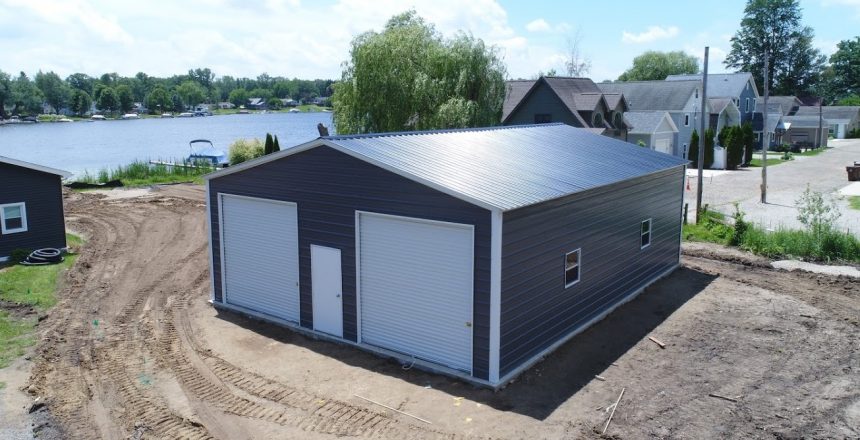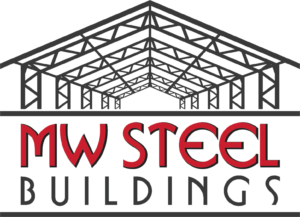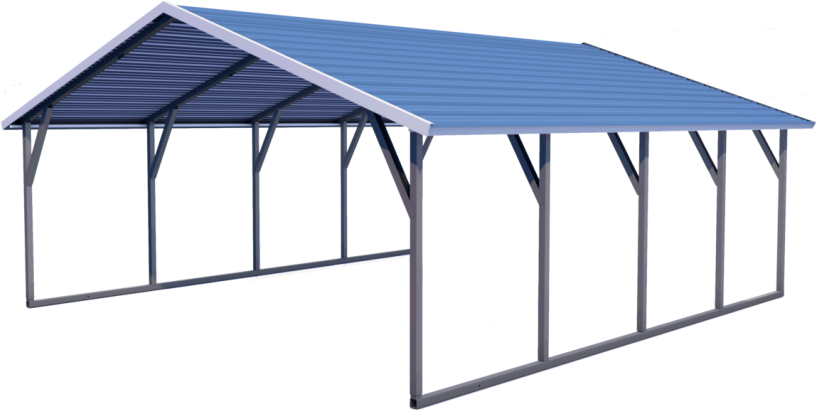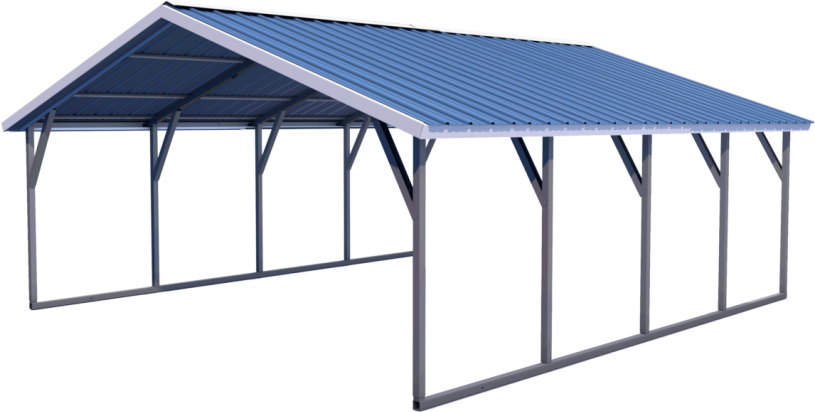Short Answer: There are various ways your steel building withstands inclement weather: anchors for high winds, engineered trussing for snow loads, steel sheeting for dent resistance, and vertical sheeting for rain and debris runoff.
Snow
When researching pricing for your steel building, you may notice that most pricing “varies by area.” This is because when building steel structures, it must meet your local snow load to withstand the weight on the roof of the building. For example, for installing structures in high snow load areas such as the state of Michigan and Wisconsin, the building is built with closer spacings. However, for establishing a building in areas with lower snow loads, such as Illinois, Indiana, or Ohio, the building is built with spaces that are further apart. The style of trussing also changes! All spacing calculations and trussing styles vary among contractors. We recommend checking with your contractor to ensure your building meets your area’s local snow load requirements.
Wind
When purchasing anchors, you are wind-certify your steel building to withstand winds up to a specific speed. The number of anchors recommends for your building and the wind certification varies among contractors. Some contractors may add more anchors than others, and some may certify your building for a different wind speed. Other factors affecting the number of anchors your building requires include area, building size, and installation site. Wind certifications can typically range from 90 to 140 miles per hour. If you happen to be in an area where you believe your structure could be affected by high winds, inform your contractor.
Rain/Water
When purchasing a steel structure, you’re trusting that the building will be able to protect your valuables and shield them from various weather conditions such as rain or sleet. When engineering vertical roofing and siding, you’ll need additional framework for significant reinforcement. Some contractors may offer upgrades in your project to help the building withstand water. For example, structures that are 32’ wide and up can use concrete sealant that helps eliminate issues with water seepage beneath the base rails. Check in with your contractor if you have concerns about water issues in your area.
Hail
One thing that can cause severe damage to your valuables includes hail. If not properly protected, your automobiles, recreational vehicles, and other valuables can be greatly affected by hail. One way to ensure the items you are storing in your building are protected is to ensure your steel building has hail-resistant properties. For example, it is common to use steel sheeting with 40% more resistance from dents caused by harsh hailstorms. However, other contractors may use different grades of steel sheeting. This why it is important to understand what material your building will consist of to ensure it meets your needs.
MW Steel Buildings
(877) 368-8244
For more content, follow us on:
